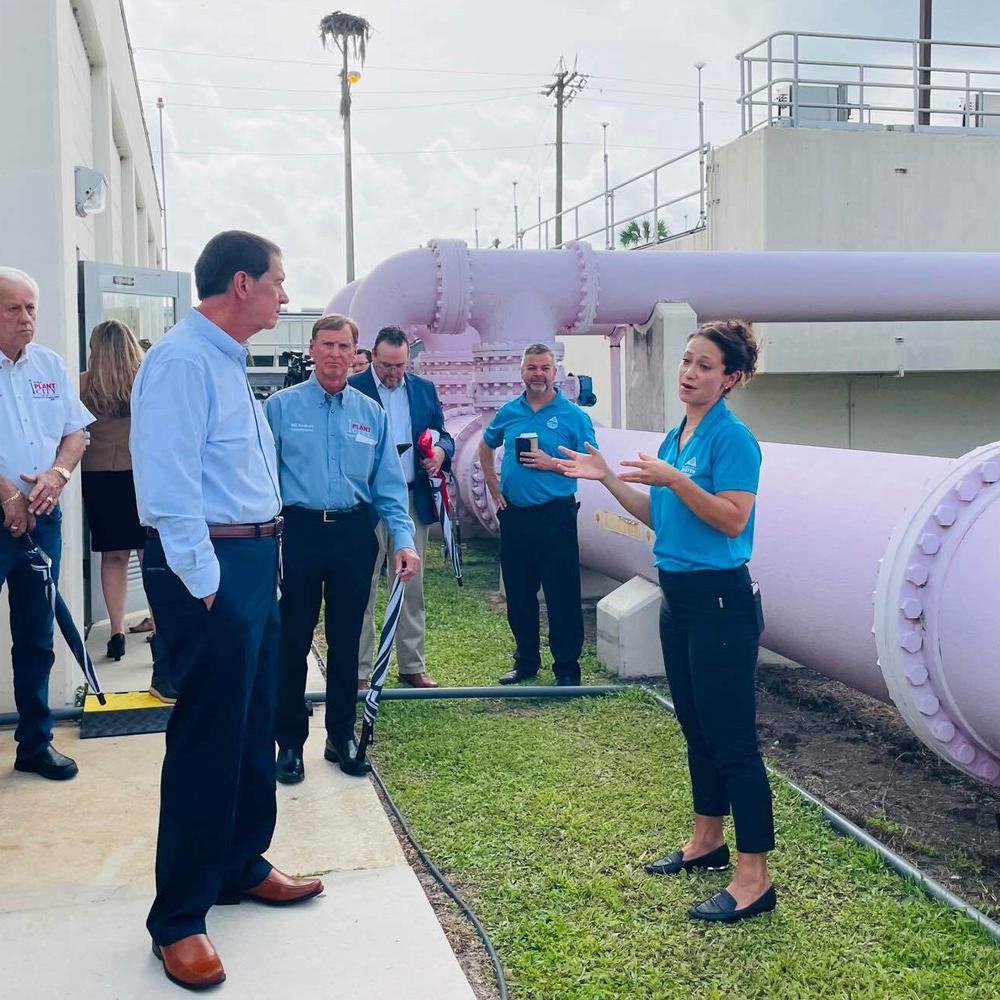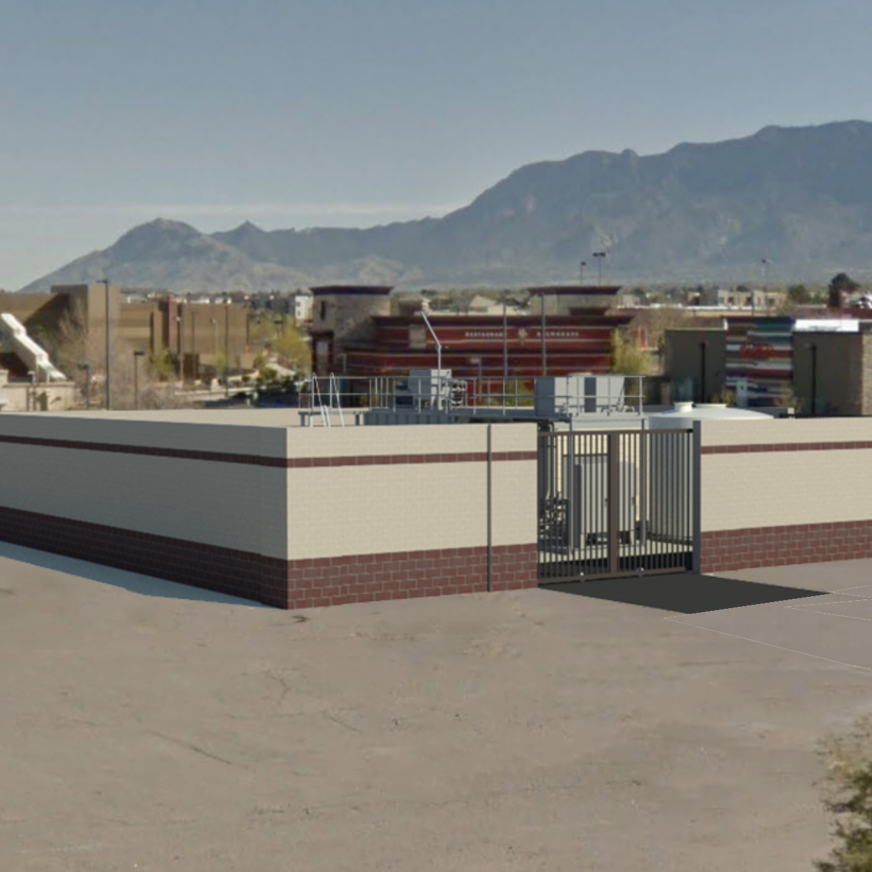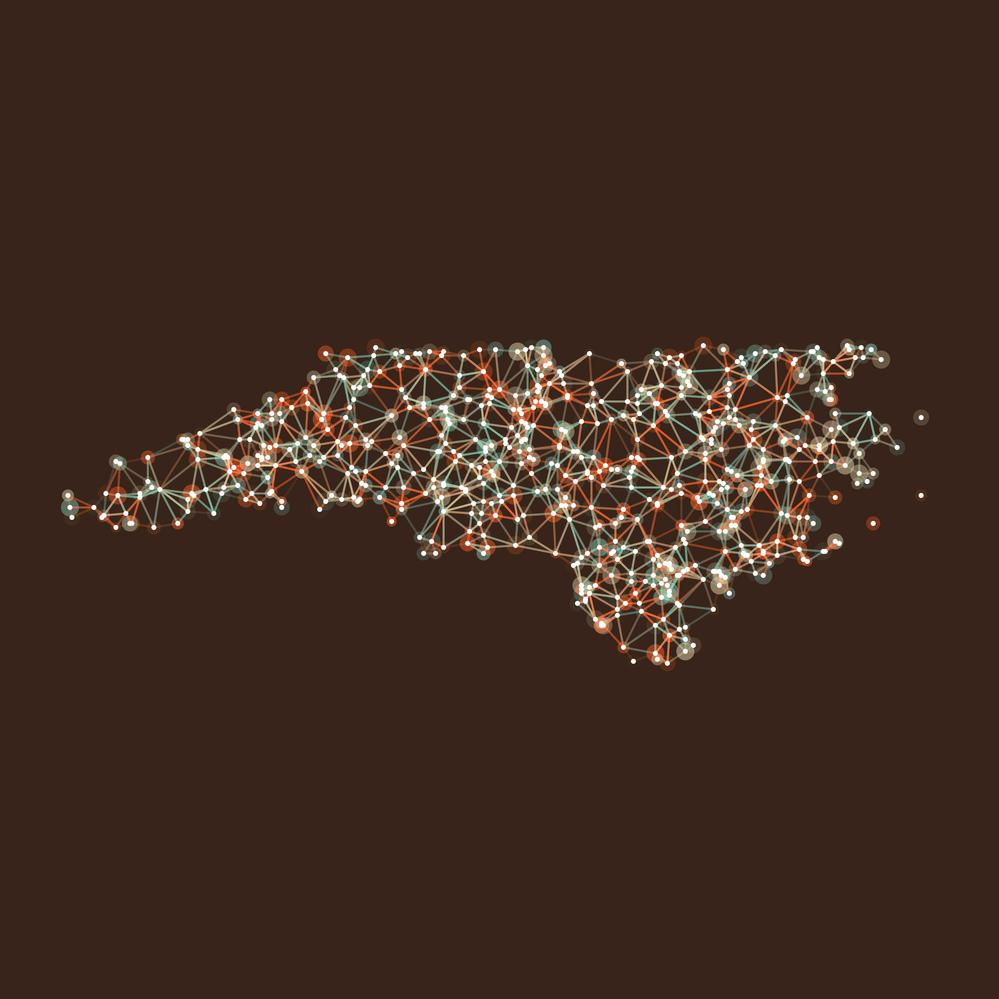Asset Management Program Support
During this five year program, Hazen assessed risk and asset condition across five sewer basins in Laurel, MD, and developed dashboard information to aid WSSC Water in maximizing performance, predicting the likelihood of failures, and prioritizing, planning, and budgeting repairs.
Project Outcomes and Benefits
- Development of asset management program levels of service
- Asset inventory to identify what WSSC Water owns and where it is located
- Asset condition assessments to establish likelihood of failure and criticality analysis to establish consequence of failure
- Risk analysis to rank and prioritize assets
- Financial analysis to identify life-cycle costs for each asset type and integration with WSSC Water’s rate model to develop short and long-term financing plans
- Optimization of CIP and O&M practices, as well as multi-year projections for capital projects and operations/maintenance based on prioritized assets and budgets
By establishing levels of service, conducting an asset inventory, and developing a performance standard methodology, the program allowed WSSC Water to identify underperforming assets, to predict when a failure to deliver the required level of service is likely to occur, to and determine the appropriate scope and timing of corrective action(s). Hazen also provided rehabilitation and repair recommendations for I/I reduction across the basins.
In total, Hazen performed 4,677 Level 2 NASSCO Certified MACP manhole inspections and 180 miles of stream walk inspections, or walking sewer lines that cross or are parallel to streams noting stream bank condition and any sewer exposures.
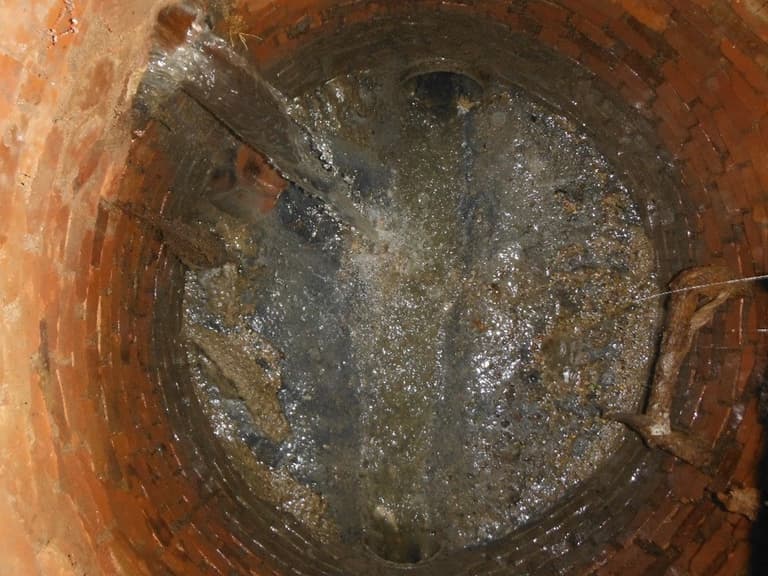
Defective Manhole
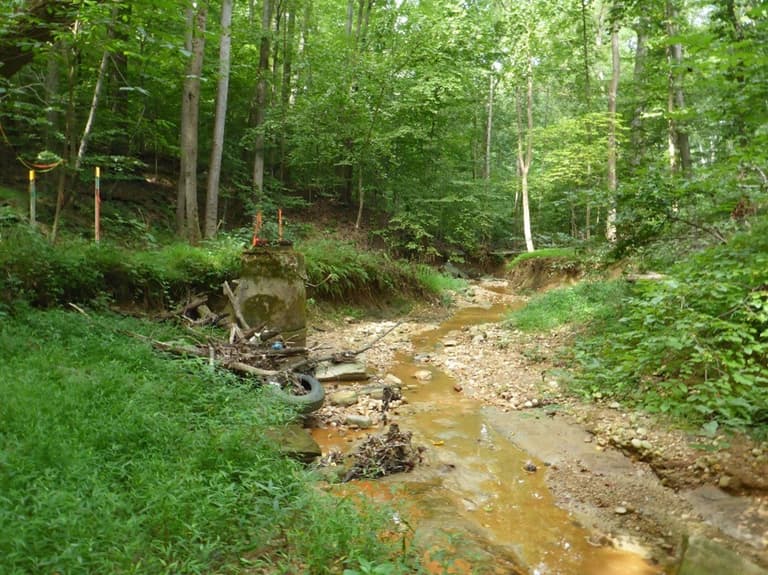
Exposed Manhole
To enhance productivity and data management, Hazen developed a mobile field data collection application that supported the inspections and a web-based manhole review tool that directly connected to the program’s Azure cloud-based database, allowing for access to project data in a review-tailored format.
During the project, WSSC identified the need to assess infiltration and inflow in the Piscataway Creek Sewer Basin, one of the largest in their system, which was causing wet weather capacity/treatment issues at the downstream Piscataway Wastewater Treatment Plant. Hazen responded by developing a mobile field data collection application to facilitate daily data review and submission, ultimately performing over 2,000 abbreviated manhole inspections. Hazen then developed a GIS model and cost estimating tool which allowed the automated development of a standardized map and repair recommendation documentation to be provided to on-call contractors.
Microsoft Power BI dashboard reports enhanced communication between three separate divisions within WSSC Water as well as other key stakeholders. The dashboard display was accessible for the entire project team via a web-based project hub.



